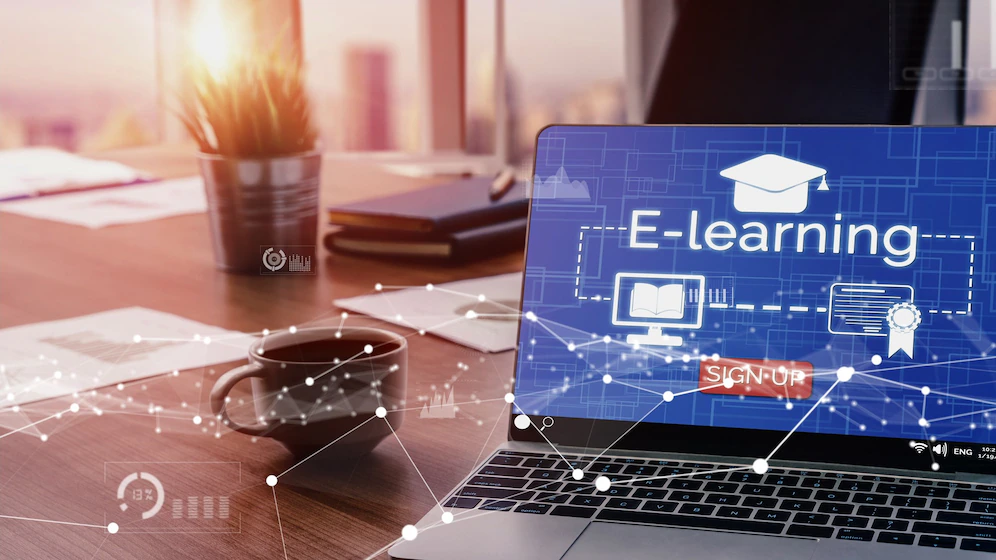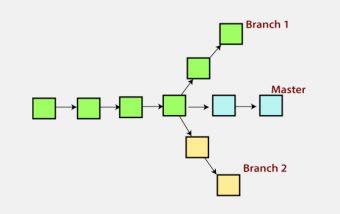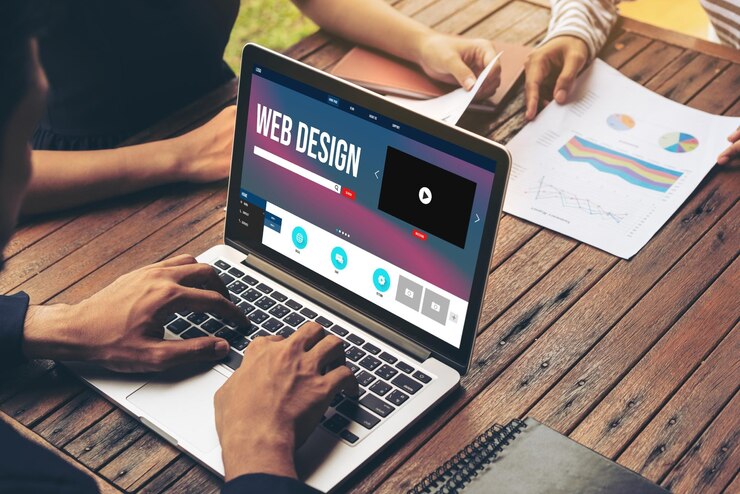Ahrefs Vs Semrush: Which Is The Better SEO Tool In 2025?
Apr 08, 2025

Apr 08, 2025

Mar 29, 2025

Mar 29, 2025

Mar 29, 2025

Mar 29, 2025

Mar 29, 2025

Mar 27, 2025

Mar 27, 2025
Sorry, but nothing matched your search "". Please try again with some different keywords.

Interactive online courses can indeed turn learning content into meaningful experiences for learners. They help students retain information for longer, allowing them to process actively and apply it and implement the knowledge gained into everyday life.
The interactive elements keep the premium functionality intact. The elements can keep the learning more engaging, and illustrations will be much easy. Let’s see which qualities make website elements interactive.
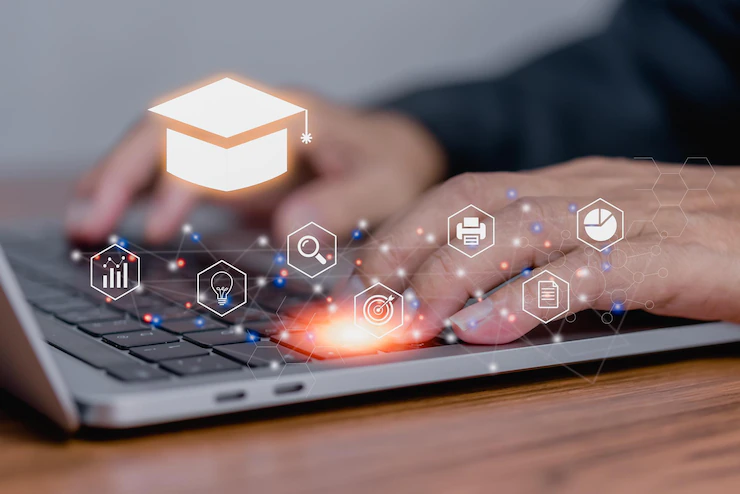
Simply put, e-learning interactivity is learning that requires the participation of students. This participation can occur through class and small group discussions, as well as through the interactive learning materials given to them in the digital classroom.
While the broad definition of ‘interactive’ makes designing and delivering such a lesson relatively easy, not all interactivity types are equally effective for all learners. Interactive elements keep the e-learning session more interactive and engaging.
For example, shy students are likely to benefit less from class discussions where participation is voluntary. Technology has brought great benefits, allowing teachers to create and use teaching materials that must be actively studied.
Student engagement is essential to the success of any e-learning course. A high-quality e-learning course that engages learners in the learning process provides them a fine learning knowledge and promotes learner participation is essential for learning the engagement tricks.
An e-learning course consisting not only of text and graphics. These texts can be boring for students. On the other hand, providing the necessary content with suitable interactive features in a visually attractive, elegant graphical layout can do wonders for a course.
Standard e-learning courses with more interactive elements are developing interactive activities such as ‘click to learn’ or ‘scroll’ used to engage learners. Furthermore, with the growth of technology, interactive activities such as tapping, swiping, zooming, etc., have been adopted.
For some reason, many companies do not understand seriously interactive e-learning content. In their opinion, interactive courses are just enjoyment that has nothing to do with a serious brand with interactive elements.
Interactivity has many formats, and they are not all suitable for a particular case. But there are also adaptable arrangements. Webinars are, perhaps, one of the universal types of content that reach everyone. But it also depends on the theme of the broadcast.
It is not necessary to use entertainment formats for entertainment. They can also be helpful by answering audience questions and helping them find a solution to a problem.
The main task of a business is to develop a strategy, choose essential elements interactive format that will correspond to the company’s plans, and choose training management software.
Interactivity plays a vital role in the development of e-learning courses. Unlike standard learning, where learners are face-to-face, e-learning supplies a wider setting with interactive components to entertain learners better.
The more control learners have over an e-learning course, the more interactive elements are, making the course more engaging. It has been confirmed that interactive features help keep learners engaged and enhance their learning outcomes.
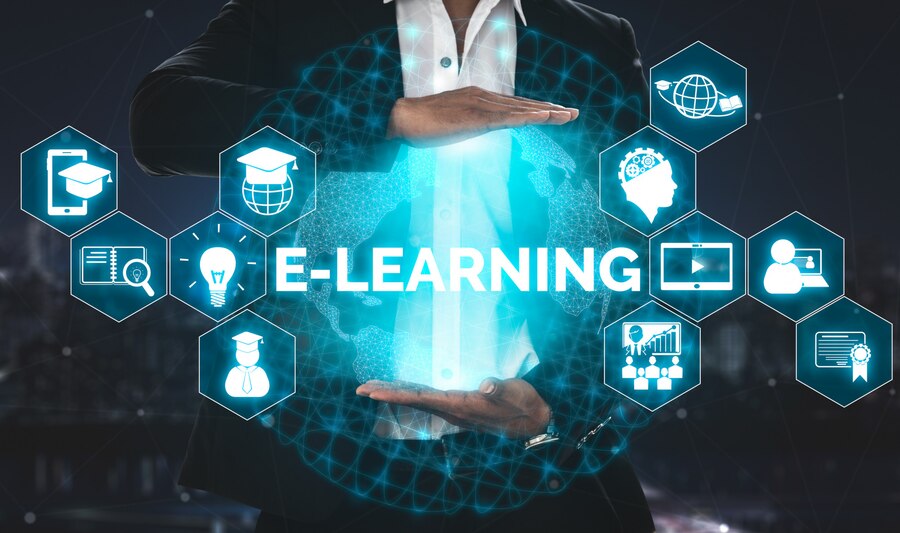
All you know is the interactive elements are keeping your e-learning session more engaging. But what types of featuters have come under E-learning interactivity? Here are the featuters and activities which every e-learning session should have.
Here are the ideas about the featuters which come under e-learning interactivities.
The most typical and one of the best interactive features we notice in every e-learning LMS course are interactive pictures, illustrations, videos, and animations.
These multimedia devices can help to bring the course content to life. Interactive elements like multimedia keep your students more interactive, and they can build up a more stable relationship with you.
For instance, infographics supply a visual presentation of data. If an image is worth a thousand words, then a visual or video will be worth a million.
The study demonstrated that people have a special capacity to recognize illustrations better than text. And trainees will adequately understand the course if you add animation to parts of the infographic.
This is a helpful feature when you need to demonstrate a specific method or approach to learners during training. Simulation is the model of the operation of a total approach or system that encourages learning by doing.
In this way, learners can practice accomplishing studies step by step in a secure environment instead of or before doing it in difficult real-life situations such as earthquake rescue or fire escape. Due to the advantages, the simulation always comes under the first few essential interactive elements.
There is now a growing tendency for gamification in e-learning due to improved learner concentration and motivation. E-learning operates key gaming elements such as scores, badges, and leaderboards to encourage motivation, excitement, and competition among learners.
Trainees may even enjoy taking part in interactive e-learning. This can lead to an expansion in learner retention. The interactive elements keep your students more interested in the courses. Hence everyone likes to see their names on the home page of the site of the trial. And this is work more like personal branding for the students.
Your e-learning course should be nicely organized and include instinctive navigation so trainees can track the content without gaining or losing any info.
The interactive elements like navigations track performances of the individual contents, and on the basis of these, you can map your next tutorial sessions to attract more students.
This is another method to engage learners by pushing them against what they have learned in the course.
Quizzes are a fantastic method to measure learner improvement, supply feedback, and let them know if they can move forward in a course or go back to earlier studies to test their knowledge.
Now, you have learned some essential elements commonly used in e-learning courses. Each study is unique. Therefore, you must choose the elements most suitable for your course to meet the needs of your employees.
These are the interactive elements that can keep your sessions more engaging and improve communications with your students. What types of interactive elements do you like to have in your learning session? The comment box is all yours. Keep sharing your opinion.
Read Also:
Arnab is a professional blogger, having an enormous interest in writing blogs and other jones of calligraphies. In terms of his professional commitments, He carries out sharing sentient blogs.
View all Posts
Ahrefs Vs Semrush: Which Is The Better SEO To...
Apr 08, 2025
How Data-Driven Hiring Reduces Costs and Impr...
Mar 29, 2025
Why Headless CMS Works Well for EdTech Startu...
Mar 29, 2025
Building Topical Authority to Excel in Search...
Mar 29, 2025
The Impact of Professional Recruitment Servic...
Mar 29, 2025